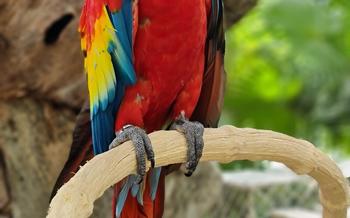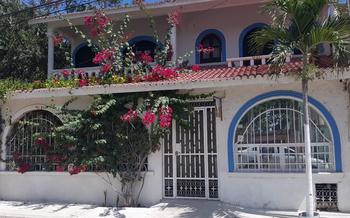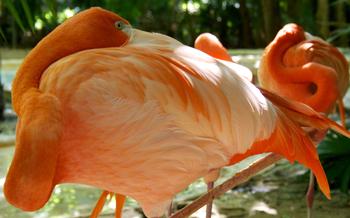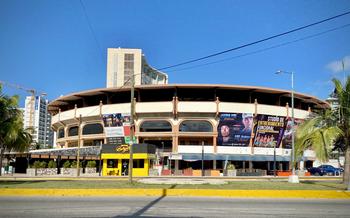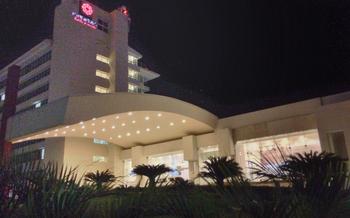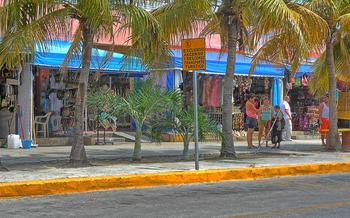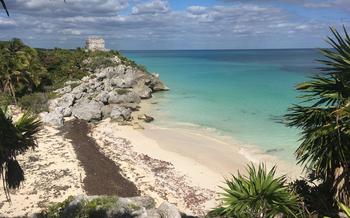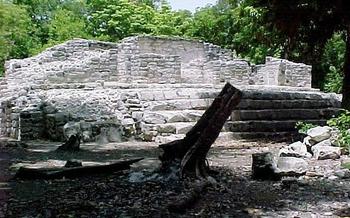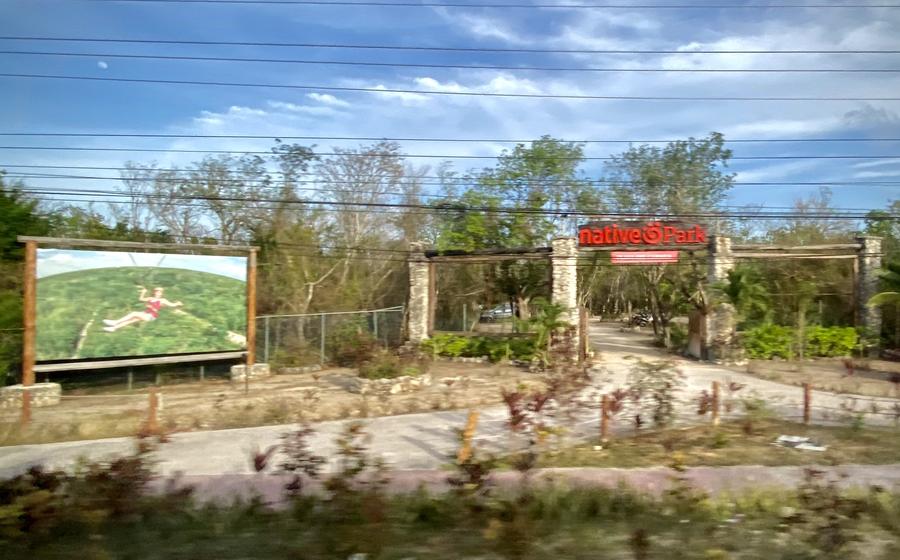
Cenote Choo Ha (near Coba)
- The Cenote Choo Ha, a Hidden Paradise
- Getting to Cenote Choo Ha
- What to Bring and Wear
- Exploring the Cenote's Caves
- Visiting Nearby Attractions
- Photography Tips
- Safety and Precautions
- Local Cuisine and Restaurants
- Accommodation Options
- Planning Your Visit
- Insider Tip: Unlocking the Cenote's Secrets
The Cenote Choo Ha, a Hidden Paradise
Amidst the lush jungles of the Yucatan Peninsula, Mexico, lies a hidden gem known as the Cenote Choo Ha. This natural wonder, situated near the ancient Mayan city of Coba, invites visitors to immerse themselves in its crystal-clear waters, explore its mesmerizing underwater caves, and connect with the rich history and culture of the region.
The Cenote Choo Ha holds immense significance for the ancient Mayans, who revered it as a sacred site. They believed that the cenote was a portal to the underworld, where they performed religious rituals and sought guidance from their deities. Today, the cenote continues to captivate visitors with its mystical aura and its awe-inspiring beauty.
Nature enthusiasts will marvel at the cenote's stunning natural features. Its crystal-clear waters offer unparalleled visibility, allowing visitors to witness the vibrant marine life that thrives within. The cenote's lush vegetation, towering cliffs, and intricate rock formations create a breathtaking backdrop for swimming, snorkeling, and exploring.
Getting to Cenote Choo Ha
Transportation Options:
To reach Cenote Choo Ha, visitors have several transportation options. From popular tourist destinations like Cancun and Playa del Carmen, organized tours are available that include round-trip transportation and often provide additional insights and information about the cenote. These tours can be booked online or through local tour operators.
For those who prefer to explore at their own pace, self-driving is a convenient option. From Cancun, take Highway 307 towards Tulum. Approximately 40 kilometers from Tulum, turn left onto a dirt road marked with signs for Coba. Follow the road for about 10 kilometers until you reach the cenote.
Parking is available at the cenote, and there is a small fee for vehicles. Visitors should note that the road to the cenote can be rough, and a sturdy vehicle is recommended.
What to Bring and Wear
When packing for your trip to Cenote Choo Ha, make sure to include appropriate swimwear that allows for comfortable swimming and exploring. Water shoes are highly recommended to protect your feet from sharp rocks and slippery surfaces. Sunscreen, sunglasses, and a hat are essential for shielding yourself from the tropical sun. To capture the beauty of the cenote, consider bringing a waterproof camera or an underwater housing for your camera. Remember, the cenote's environment is fragile, so avoid bringing items that could harm the ecosystem or leave trash behind.
Exploring the Cenote's Caves
Descend into the depths of the Cenote Choo Ha and discover a hidden world of wonder. Guided cave tours take you through the cenote's underground chambers, revealing impressive stalactites, stalagmites, and other geological formations. Learn about the historical significance of the caves, which were used by the ancient Mayans for ceremonies and rituals. Embark on an adventure filled with exploration and discovery, unraveling the secrets of the cenote's subterranean realm.
Visiting Nearby Attractions
After exploring the wonders of Cenote Choo Ha, take the opportunity to discover other fascinating attractions in the vicinity. The ancient Mayan city of Coba is just a short distance away, boasting impressive ruins and a chance to climb the towering Nohoch Mul pyramid. For more cenote adventures, venture to Cenote Tankach-Ha, renowned for its crystal-clear waters and underwater caverns, or Cenote Multun-Ha, where you can swim alongside colorful fish and admire stalactite formations. Immerse yourself in the local culture by visiting nearby villages, where you can sample authentic Mexican cuisine, browse vibrant markets, and learn about traditional crafts. Combine your cenote experience with a boat tour to explore the stunning coastline, or visit a local market to savor fresh produce, handmade souvenirs, and culinary delights.
Photography Tips
Capturing the beauty of Cenote Choo Ha through photography is a must-do for any visitor. Consider the cenote's lighting conditions when planning your shoot, as the best time for photography is typically early in the morning or late in the afternoon when the sun's rays create dramatic lighting effects. If you're passionate about underwater photography, bring a waterproof camera or underwater housing to capture the vibrant marine life and stunning rock formations beneath the cenote's surface. Experiment with different angles and compositions to create unique and captivating shots. Don't just focus on the cenote's natural beauty; try to capture the emotions and experiences you have during your visit to convey the cenote's magical atmosphere through your photographs.
Safety and Precautions
Safety is of utmost importance when visiting Cenote Choo Ha. Life jackets are available and should be used, especially for those who are not strong swimmers. It's essential to pay attention to signs and instructions posted around the cenote to ensure your safety. Remember, this is a natural environment, and respecting the fragile ecosystem is crucial. Avoid littering or damaging the surroundings. Follow the guidelines and regulations set by the cenote's management to protect yourself and preserve this beautiful site for future generations.
Local Cuisine and Restaurants
After a refreshing swim and exploration in Cenote Choo Ha, it's time to tantalize your taste buds with authentic Mexican cuisine. The area surrounding the cenote offers a variety of restaurants that showcase the rich flavors and culinary traditions of the region.
Indulge in freshly caught seafood dishes, a staple of the coastal cuisine. Sample succulent shrimp tacos, savor the delicate flavors of grilled fish, or dive into a hearty seafood soup. The proximity to the Caribbean Sea ensures that the restaurants serve the freshest catches of the day.
For those with dietary restrictions, there are plenty of vegetarian and vegan options available. Many restaurants offer creative plant-based dishes that blend traditional Mexican flavors with international influences.
To fully immerse yourself in the local culture, support the local businesses by dining at restaurants owned and operated by the community members. These establishments not only offer delicious food but also provide a glimpse into the daily lives of the people who call this region home.
So, after a day of adventure and exploration at Cenote Choo Ha, treat yourself to a culinary journey that will leave your taste buds dancing and your heart full of appreciation for Mexican cuisine.
Accommodation Options
For those seeking a comfortable stay near the Cenote Choo Ha, a range of accommodation options are available. Nearby hotels and resorts cater to different budgets, offering amenities such as swimming pools, restaurants, and tour arrangements. For a more immersive experience, camping and glamping options are available, allowing visitors to connect with nature while enjoying the convenience of modern amenities. Additionally, unique accommodations, such as treehouses or eco-lodges, provide a memorable and sustainable stay. To avoid disappointment, especially during peak season, it's advisable to book your accommodation in advance.
Planning Your Visit
- Best time to visit:
- The dry season (November to April) offers the most pleasant weather for visiting Cenote Choo Ha, with sunny days and low humidity.
-
During the rainy season (May to October), the cenote may experience increased water levels and reduced visibility, but it also offers a unique and lush green landscape.
-
Avoiding crowds:
-
To avoid the crowds, aim to visit the cenote early in the morning or late in the afternoon, especially during peak tourist season (December to February).
-
Duration of visit:
-
Plan to spend at least 2-3 hours at Cenote Choo Ha to fully enjoy swimming, snorkeling, exploring the caves, and relaxing in the tranquil surroundings.
-
Combining with other activities:
- Combine your visit to the cenote with other nearby attractions, such as exploring the ancient Mayan city of Coba, visiting other cenotes in the area, or taking a boat tour to see the stunning coastline.
Insider Tip: Unlocking the Cenote's Secrets
For those seeking a truly unforgettable experience, venture beyond the main swimming areas and discover a hidden gem within the Cenote Choo Ha – a secret cave accessible through a concealed passageway. Immerse yourself in the cenote's mystical depths as you navigate through the cave's winding tunnels, revealing hidden chambers and glistening stalactites. With a flashlight in hand, explore the cave's secrets, marveling at the intricate rock formations and the eerie silence that envelops you. This hidden oasis offers a unique perspective of the cenote's beauty and a chance to connect with its ancient history.
